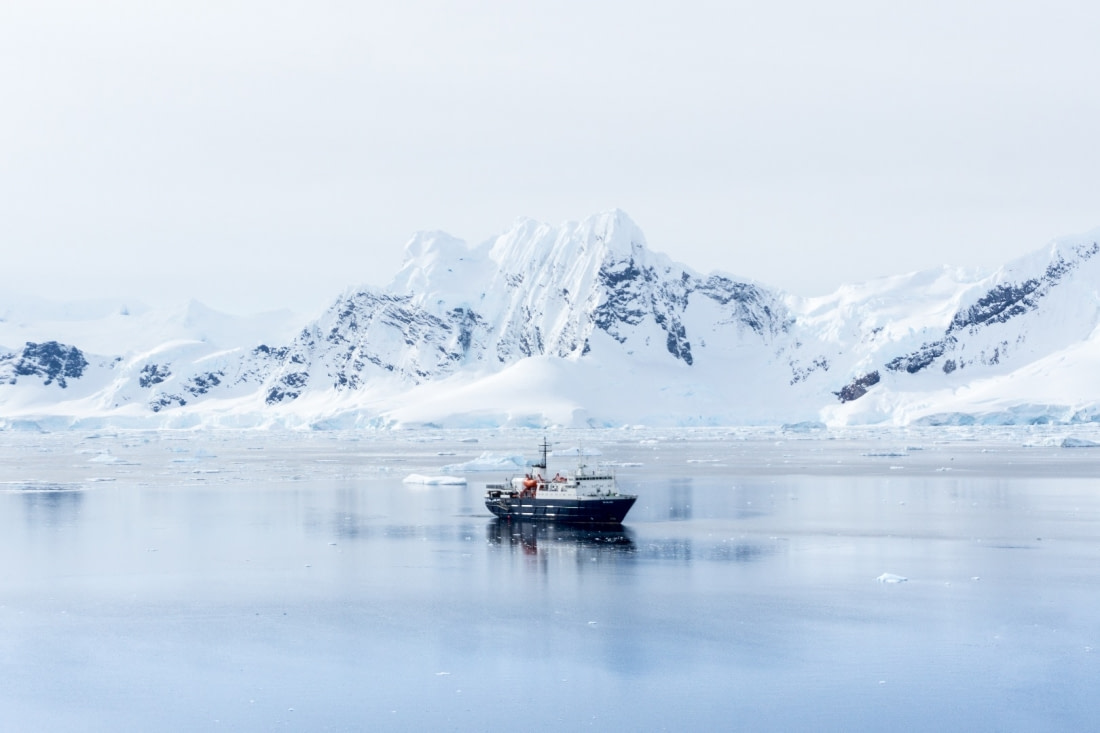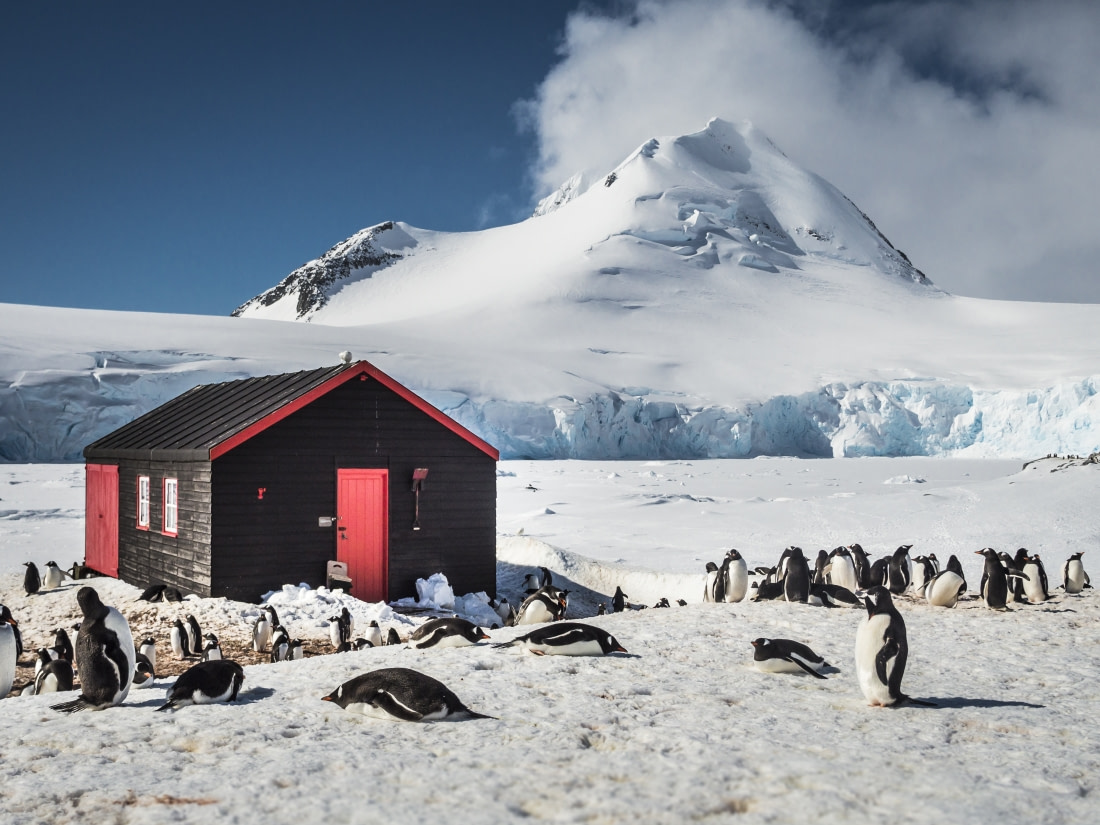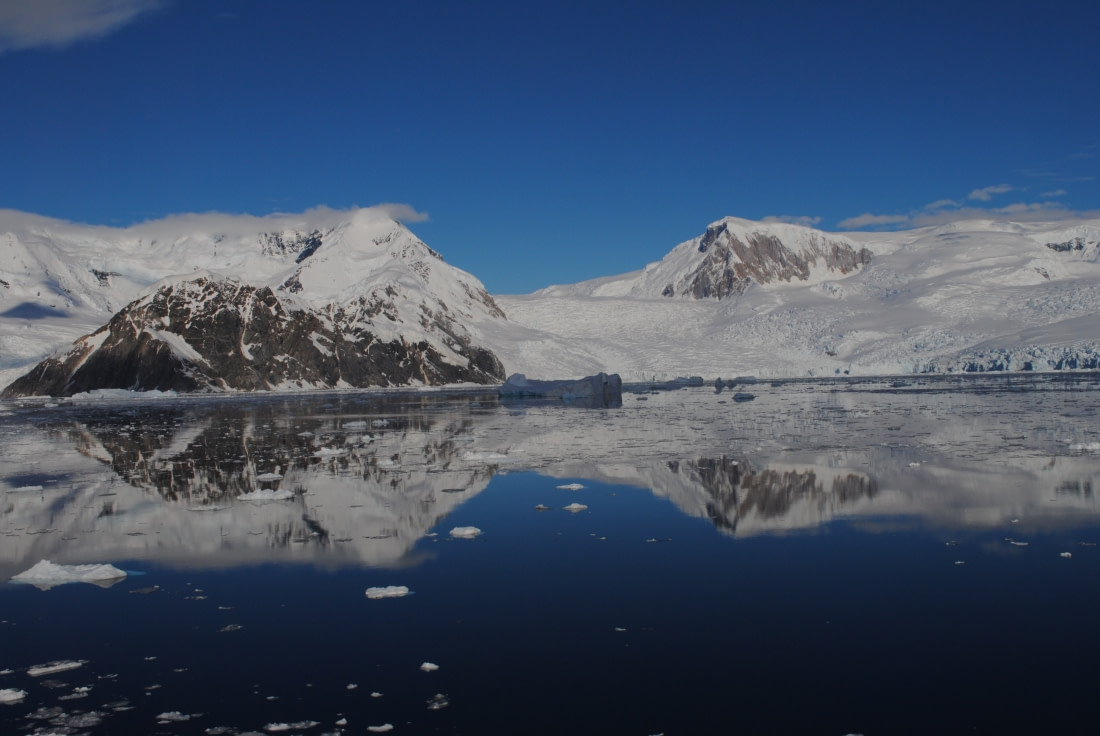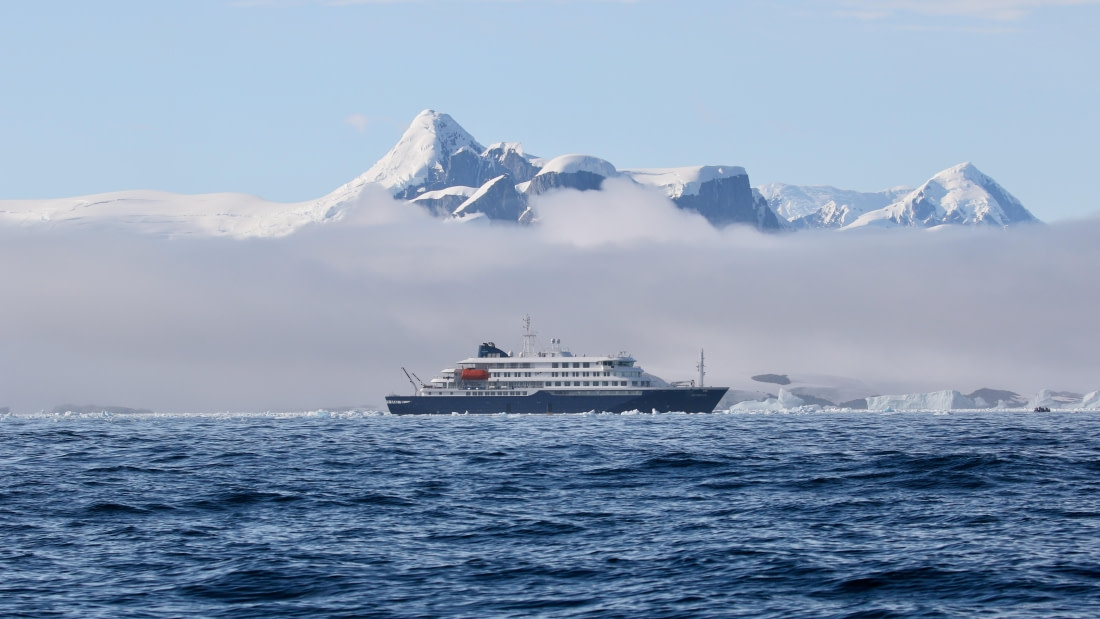Begin your journey in Ushuaia, the southernmost city in the world, known as “The End of the World”. Board your ship in the late afternoon and sail through the scenic Beagle Channel, with its dramatic fjords and rich marine life. Settle into your cabin and enjoy a welcome dinner while meeting your expedition team and fellow travelers. This night marks the beginning of your exciting journey into Antarctica, with the promise of awe-inspiring landscapes and wildlife encounters ahead.
Antarctica – Basecamp
Experience the ultimate Antarctic adventure with this immersive basecamp expedition. Sail aboard the Hondius, Plancius, or Ortelius from Ushuaia, crossing the Drake Passage to reach Antarctica’s pristine wilderness. This unique tour offers a basecamp concept, where the ship anchors at key locations, allowing guests to participate in multiple activities such as kayaking, mountaineering, and snowshoeing. Explore iconic sites like the Neumayer Channel, Paradise Bay, and the Melchior Islands, with each day bringing new wildlife encounters and breathtaking landscapes.
-

-

-
+ 1

Highlights
- Basecamp Concept: The ship anchors at key locations, offering multiple activity options like kayaking, snowshoeing, and camping.
- Wildlife Encounters: Observe penguins, seals, whales, and seabirds in their natural habitat.
- Iconic Landings: Explore areas such as Neumayer Channel, Paradise Bay, and the Melchior Islands.
- Drake Passage Crossing: A thrilling experience of navigating one of the world’s most challenging waterways.
Includes
- All activities and shore excursions on the Zodiac throughout the journey.
- Lectures by renowned naturalists, and expedition leadership by experienced staff.
- Use of snowshoes and rubber boots is free.
- Transfer of luggage from the pick-up location to the vessel the day before embarkation in Ushuaia.
- Group transfer pre-scheduled from the ship to the airport at Ushuaia.
- Service taxes and port fees throughout the program.
- Comprehensive pre-departure material.
- All activities offered (camping, kayaking and snowshoe/hiking as well as photo workshops, shore excursions, and zodiac tours) are included in our “Basecamp’ departures.
Not Included
- Any airfare on scheduled flights or charter flights
- Pre and Post- Land arrangements.
- Visa and passport expenses
- Taxes on arrival and departure by the government
- Meals on the shore.
- Personal, baggage and cancellation insurance is highly recommended.
- All items of a private nature, such as laundry charges, bar and beverage charges, and telecommunications charges.
- Gratuity for the stewards, and other crew members at the end (guidelines provided).
Itinerary
Day 1 : Depart Ushuaia
Day 2-3 : Crossing The Drake Passage
Spend the next two days crossing the Drake Passage, a body of water notorious for its rough seas and powerful currents. Attend shipboard lectures and workshops led by naturalists and expedition leaders to learn about the region’s history, geology, and wildlife. Keep an eye out for seabirds such as albatrosses and petrels, and you may even spot whales in the distance. While challenging, this passage is a rite of passage for Antarctic explorers, signaling the approach of the White Continent.
Day 4-10 : Antarctic Peninsula - Base Camp Activities
Arrive at the Antarctic Peninsula and begin your base camp activities. Anchor at a variety of locations including Neumayer Channel, Port Lockroy and Neko Harbour. Disembark each day for guided excursions, including Zodiac cruises, kayaking through icy waters, mountaineering, snowshoeing, and overnight camping on the ice. Visit penguin colonies, spot humpback whales and marvel at towering icebergs. The ship serves as your base camp, allowing you to explore diverse landscapes and wildlife-rich areas while participating in these once-in-a-lifetime experiences.
Day 11-12 : Return Through The Drake Passage
Begin your journey back through the Drake Passage, retracing your steps with a newfound appreciation for the adventure you’ve just had. Spend time on deck watching seabirds and participating in final lectures or discussions with the expedition team. The crossing is a time to relax and reflect, capturing the last moments of Antarctic wilderness before returning to more temperate waters.
Day 13 : Disembark In Ushuaia
Disembark in Ushuaia and end your Antarctic adventure. Take some time to explore the city or transfer to the airport for your onward journey. Leave with unforgettable memories of your encounters with Antarctica’s pristine landscapes, unique wildlife, and exciting activities.
Travel Tips
- Pack layers of waterproof and windproof clothing to withstand Antarctica’s extreme conditions.
- Bring motion sickness medication for the Drake Passage crossing.
- Protect your electronics from the cold with insulated cases.
Weather Preparedness
Antarctica’s weather is highly unpredictable with rapid changes in temperature, wind, and precipitation. Prepare with thermal layers, waterproof boots, and accessories like hats and gloves for added protection.
Fitness Requirements
Moderate fitness is recommended for participating in excursions like hiking, snowshoeing, and boarding Zodiacs. More strenuous activities, such as mountaineering and kayaking, require higher physical strength and stamina.
Accommodation
Acommodation onboard the ship
FAQs
What activities are available at the basecamp?
Activities include kayaking, snowshoeing, mountaineering, Zodiac cruising, and overnight camping on the ice.
There is no specific age restriction, but participants should have a good level of fitness for outdoor activities.
Expect to encounter penguins, seals, whales, and a variety of seabirds throughout the journey.
- The White Continent Antarctica has the highest temperatures, winds, and is the driest of all continents. The continent is largely covered in ice. In some areas, the ice can be up to 4,000 metres thick.
- Limited human presence: Antarctica, unlike other continents has no permanent native population. The human presence in Antarctica is limited primarily to the scientific research stations run by different countries.
- Environment Protection: Antarctica, one of the world’s last wild areas, is protected by the Antarctic Treaty. This treaty prohibits mining and sets guidelines for wildlife conservation and environmental protection.
- Unique Wildlife Despite the extreme conditions of Antarctica, it is home to an astonishing diversity of wildlife including penguins and whales. Seals, seabirds and other species that have adapted to its polar environment.
- Expedition Experience Antarctica cruises are usually expedition cruises, adventure cruises which offer the chance to explore the natural beauty and wildlife of the area. Passengers have the opportunity to participate in activities like whale watching, zodiac tours, snowshoeing and visiting research stations.
- Extreme climate: In winter, temperatures in Antarctica can fall below -50degC. Even in the summer, temperatures rarely rise above 0degC. Winds and weather can be unpredictable.
- Unique Tourist Attraction Antarctica is an experience like no other. It attracts nature lovers and adventurous travelers from all over the world. It is a destination that many dream of visiting because it offers the chance to see spectacular landscapes, as well as unique wildlife.
